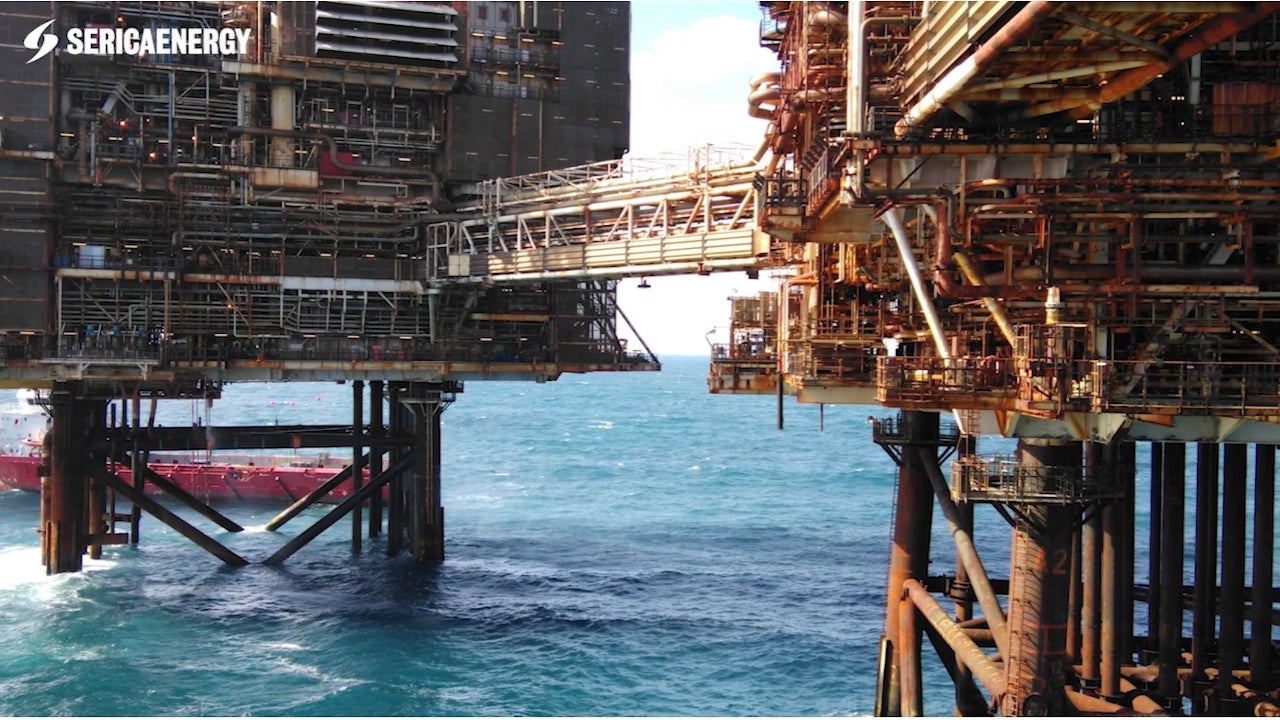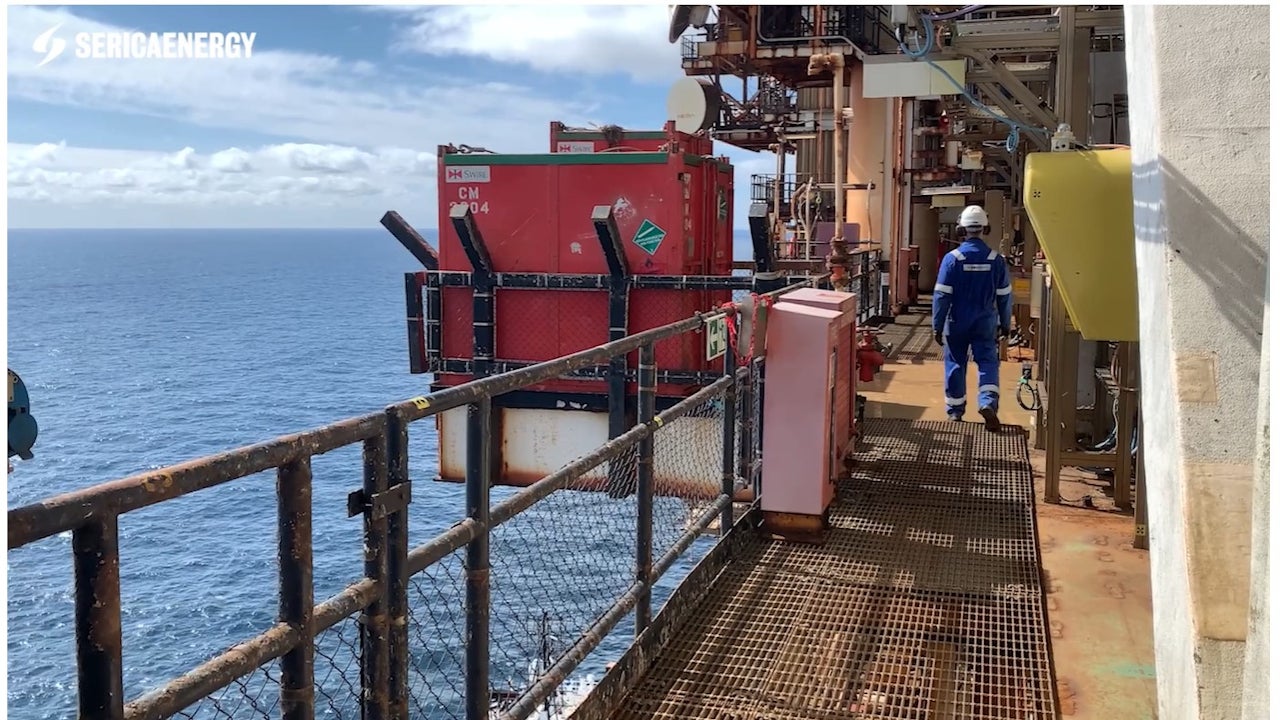Rhum gas / condensate field is located in block 3/29a in the UK northern North Sea, approximately 44km north of Bruce gas field.
Block 3/29a was initially awarded to BP (50%) and Iranian Oil Company (IOC, 50%), a subsidiary of National Iranian Oil Company (NIOC), for development in March 1972. BP agreed to divest its interests in Rhum field (50%), Bruce field (36%), and Keith oil field (34.83%) to Serica Energy in November 2017.
Serica Energy completed the acquisition and became the operator of the assets in November 2018. The Rhum field is currently owned by the operator Serica Energy (50%) and IOC UK (50%).
The last well (R3 well) of the three-well Rhum field is expected to start commercial production by early 2021.
Rhum gas/condensate field location and reserves
Rhum field lies 380km north-east of Aberdeen, in a water depth of 109m.
The field has a high-pressure, high-temperature reservoir with a pressure of up to 12,000psi and 150°C temperature. It holds recoverable gas reserves of approximately 23 billion cubic metres.
The R1 and R2 wells of Rhum field produced net 13,775 barrels of oil equivalent per day (boe/d) in 2019.
The net production from Bruce, Keith, Rhum (BKR) and Erskine fields was approximately 30,000boe/d in 2019.
Rhum field details
The Rhum field at Block 3/29a was discovered in 1977 by the drilling of the 3/29-2 well. The field was appraised by the appraisal well 3/29-a4 in 2000. It was developed with a multi-phase, high-pressure subsea production system tied back to the Bruce field platform through an export pipeline. The 44km-long, insulated export pipeline comprises a 22in high-integrity pressure protection system (HIPPS) protected pipe-in-pipe main pipeline.
The hydrocarbons produced by the R1 and R2 subsea wells are separated into gas and condensate at the platform that exports gas to the St Fergus terminal via the Frigg pipeline system and condensate to Grangemouth though the Forties pipeline system.
Rhum field R3 well intervention
Rhum gas field’s third subsea well, R3, requires intervention before it can be brought on stream. Investigative work for the assessment of the condition of the well and related control systems was performed in 2019.
Serica started the operations associated with the R3 intervention project in October 2020 in preparation for the planned production start-up from the R3 well. The well will be drilled using Awilco Drilling’s WilPhoenix, a semi-submersible drilling rig, while the rig work will be supported by eight 12te Stevpris MK VI prepositioned mobile offshore drilling unit (MODU) anchors. The anchors along with the 4te subsurface buoys and anchor chains will remain stationed at the well during the intervention project.
The work programme includes the recovery of the equipment left by the previous operator and the removal of the obstruction that occurred during downhole completion, following which the R3 well will be recompleted. It will include approximately 70 days of rig operations.
The well is already connected to the subsea production system and will mainly produce gas along with some amount of condensate which will be sent to Bruce facilities for processing. The R3 well recompletion will enhance the production capacity of the field.
Rhum field infrastructure
The subsea trees at the Rhum production wells connect to the Rhum manifold via an 8in production line. The hydrocarbons are further transported to the Bruce Compression Reception Centre (CR) platform of the Bruce complex via a 16-in gas condensate pipeline for processing.
The Rhum Separator, a vertical three-phase separator, at the Bruce complex processes gas from the Rhum subsea wells, which is further treated for H2S by scavenging.
The field also contains a main control umbilical and a 3in IMS line. The control umbilical comprises power cable, signal cable, scale inhibitor lines, hydraulic supply lines and conduit.
Rhum gas field can be potentially utilised to store CO2 in future under a future potential carbon capture and underground storage (CCUS) development.






